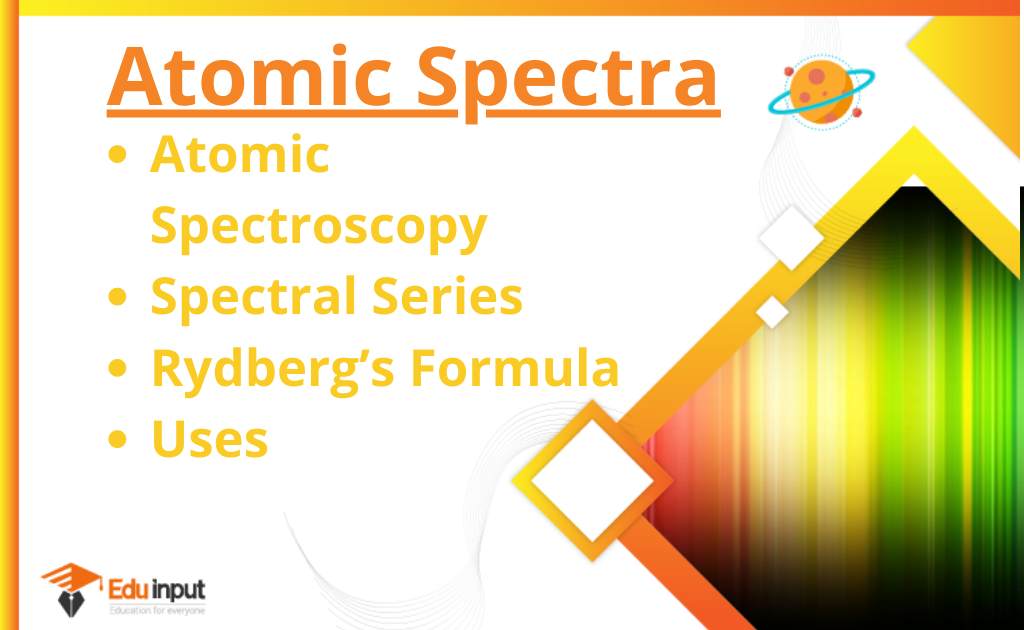Laser-Definition, Working, Types, Uses, and Safety
A laser is a device that emits light through a process of amplification based on the emission of radiation. “light amplification by stimulated emission of radiation” is an acronym for the word “laser”.
What is a Laser?
Lasers emit light that is coherent, and this allows them to be used in applications such as laser cutting. Laser pointers and lidar are possible because of spatial coherence, which allows a laser beam to remain narrow over great distances.
The high temporal coherence of the lasers allows them to emit light with a very narrow spectrum. Temporal coherence can be used to produce an ultra-short pulse of light with a broad spectrum but durations as short as a few hundredths of a second.
How does a laser work?
The output of a laser is something called a coherent electromagnetic field. The waves have the same phase and Frequency in a coherent beam of energy. A basic laser consists of a chamber that is designed to reflect both visible and ultraviolet waves so that they reinforce each other. Solids, liquids, and gases can be contained in the cavity.
The wavelength of the output can be determined by the choice of the cavity material. There are mirrors at each end of the structure. One of the mirrors does not allow any of the energy to pass through them. 5% of the energy can be passed through the other mirror, which is partially reflective. Through a process called pumping, energy is introduced into the building through an external source.
An electric field can be seen inside the laser cavity at the natural frequencies of the atoms of the material that is being pumped. Between the mirrors, the waves are reflected back and forth. The reflected waves reinforce each other because they are reinforced by the length of the cavity.
The partially reflective mirror at the end of the cavity is where the waves in phase with each other come from. A continuous beam, or a series of brief, intense pulses, is what the output is.
Characteristics of Lasers
The characteristics of a laser beam can be categorized into four major categories:
- Coherence
- Directionality
- Monochromatic
- High intensity
Types of laser
These are some common types of lasers.
- Natural lasers
- Free-electron lasers
- Dye lasers
- Semiconductor lasers
- Photonic crystal lasers
- Fiber lasers
- Solid-state lasers
- Gas lasers
Uses of Laser
Examples of lasers include laser spectroscopy and gas laser. The first noticeable use of lasers was in the supermarket. The laser disc player was the first successful consumer product to include a laser, but the compact disc player was the first device to become common.
Laser communication in space is one of the uses of lasers. Cutting includes converting thin materials, welding, material heat treatment, marking parts (engraving and bonding), Additive manufacturing or 3D printing processes such as selective laser sintering and selective laser melting, non-contact measurement of parts, and 3D scanning.
Marking targets, missile defense, lidar, blinding troops, and firearms sight are some of the military activities. The LIDAR traffic enforcement is shown below. The forensic identification field uses lasers for fingerprints. Laser printers, barcode scanning, holograms, and bubblegrams are all commercial products. Laser turntables, laser lighting displays, and optical discs are entertainment.
Laser Safety
Theodore Maiman characterized the first laser as having the power of one “Gillette” as it could burn through one Gillette razor blade. It is now accepted that even low-power lasers with only a few kilowatts of output power can be dangerous to human eyesight if the beam hits the eye directly or after reflection from a shiny surface.
The coherence and low divergence of laser light mean that it can be focused by the eye into an extremely small spot on the retina, which can lead to permanent damage in seconds or even less time.





Leave a Reply